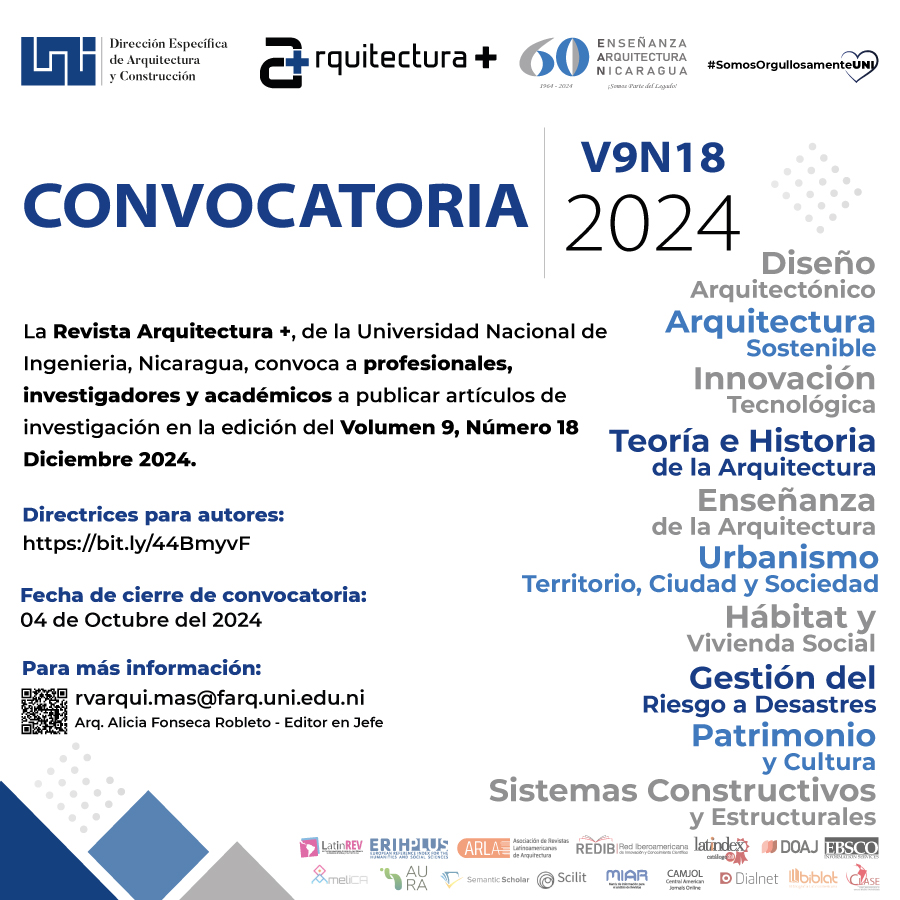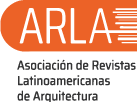Vernacular palafítica housing mayangna and miskitu of Nicaragua
DOI:
https://doi.org/10.5377/arquitectura.v2i4.9141Keywords:
Vernacular architecture, nicaraguan dwelling, typology, miskitu culture, mayangna culture, NicaraguaAbstract
This article describes elements of palafite housing, as an ontological fact. This establishes a relationship of existence influenced by social aspects, divided by its order in economic (productive), and ideological (theological, political, symbolic). Based on the above, we reflected on the typological prevalence of the location and the architectural configuration of the dwellings, with respect to their relationship with the ideological social aspects. For this study, the houses of the Miskitu and Mayangna communities of the Atlantic region of Nicaragua were selected as the object of study. After documenting ethnographic and anthropological aspects, it was established the existence of three typologies of palafite habitat related to its ideological body, attributing its characteristics to the meaning that the inhabitant has with respect to the elements of his spiritual environment. This explains why, although the inhabitants are exposed to risk situations that affect their permanence, they assume the traditional model of habitat.





















